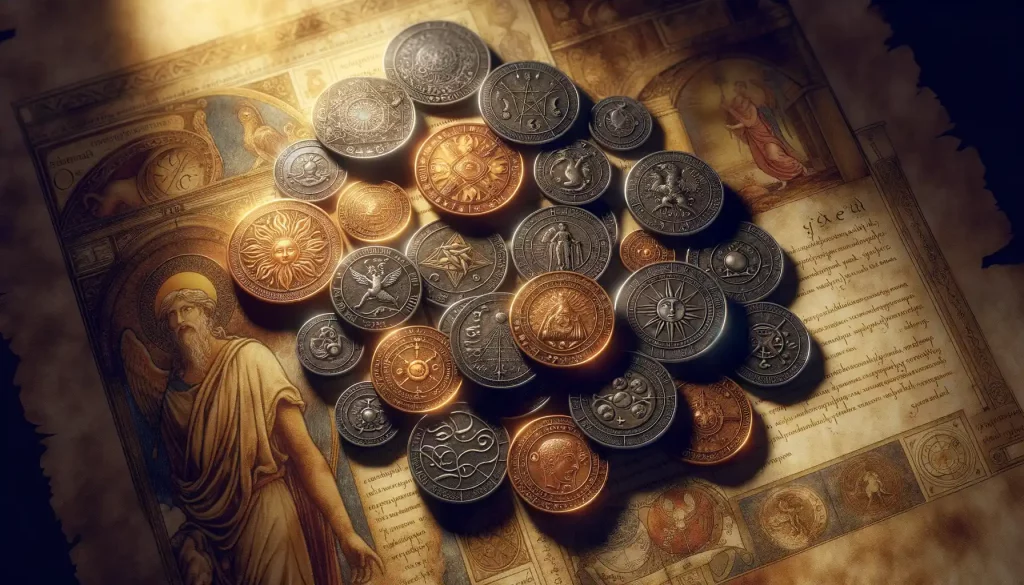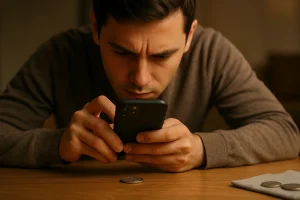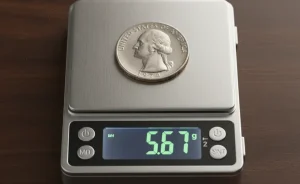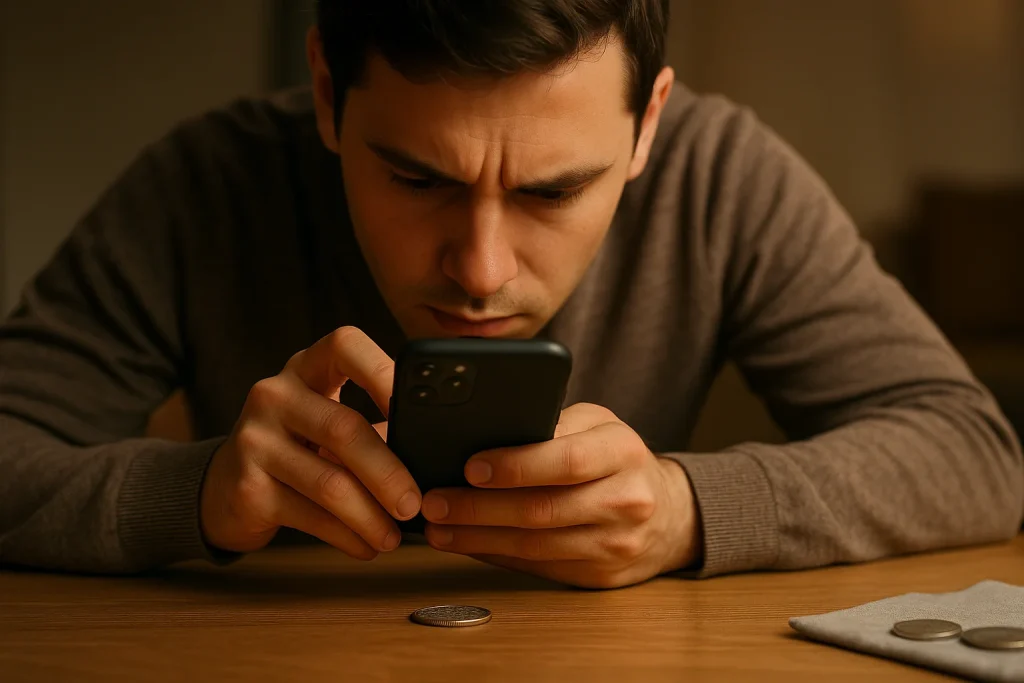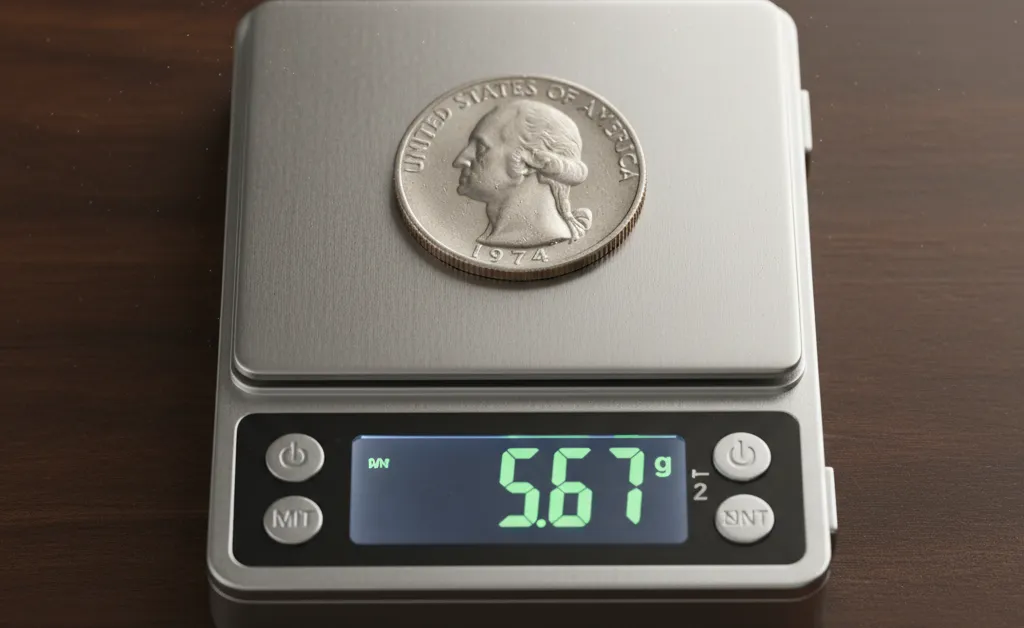Introduction to Coins in Ancient Cultures
Imagine holding a piece of history in your hand—smooth, cool, and crafted to perfection. Ancient coins were more than just currency; they were miniature works of art, storytellers, and symbols of power. These small, unassuming circles carried the weight of entire civilizations, bridging trade, politics, and belief systems. But what made them so treasured across ancient cultures?
From Trade Tools to Symbols of Authority
Coins weren’t always just practical objects; they were introduced into societies as signs of progress and influence. The first known coins emerged around 600 BCE in the bustling marketplaces of Lydia, in modern-day Turkey. Crafted from an alloy of gold and silver called electrum, they bore images of lions and other powerful emblems. What was fascinating is how quickly these coins evolved beyond trade. Leaders began stamping their faces on them, using coins to declare their reign and solidify their legacies.
- In China, ancient coins were often shaped like spades or knives—quite literally tools turned tender.
- Meanwhile, in Greece, coins became canvases for gods, goddesses, and mythological creatures, connecting money with divine favor.
- The Roman Empire took this further by engraving military victories, celebrating their dominance through every transaction.
A Glimpse Into Daily Life and Belief
Coins weren’t just about commerce; they were about culture. Think about it: if you lived in ancient Egypt and were handed a coin with the image of the sacred scarab beetle, wouldn’t you feel like you held a bit of the divine? Byzantine coins often depicted Christian iconography, blending faith with economic life in a way that spoke volumes about their priorities. These coins told stories about the people who used them and gave us glimpses into how they lived, what they loved, and what they believed was eternal.
It’s hard not to marvel at how, in such a tiny object, ancient cultures managed to pour their dreams, ambitions, and myths. Coins were never just metal—they were identity, belief, and legacy pressed into precious material.
Symbolism of Coins in Mythological Narratives
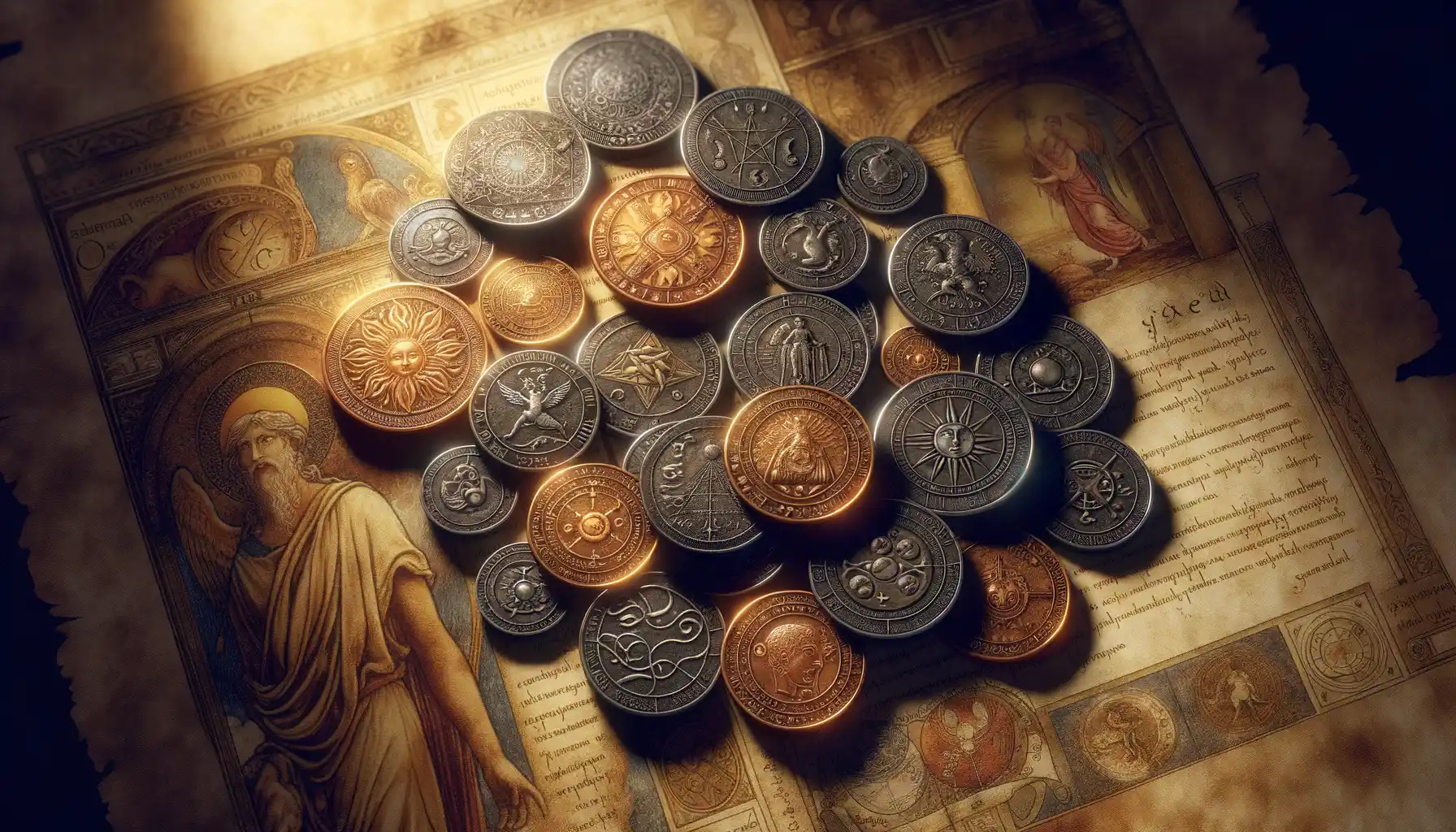
Coins as Portals to Hidden Realms
The gleam of a coin, so small and unassuming, often held immense significance in ancient myths. Beyond their material value, coins whispered secrets about the universe and its mysteries. In mythological tales, they weren’t just tools for trade but acted as keys—sometimes literally—to realms unseen by mortal eyes. Take the story of Charon, the boatman of the underworld in Greek mythology. To cross the river Styx, the dead needed a *single coin*, placed under their tongue or over their eyes. Without it? They wandered, lost between worlds, trapped in limbo.
Coins emerged in other stories as symbols of fate or divine judgment. In some legends, gods flipped coins to decide mortal destinies—heads, salvation; tails, tragedy. This small, spinning object could alter lives forever.
- Norse mythology: Coins buried with warriors were thought to buy entry into Valhalla.
- Chinese folklore: Ancient coins tied with red threads were charms for good fortune and protection.
Such symbolism makes you wonder: Did ancient people see something in the coin’s gleaming surface that we’ve forgotten—a glimmer of divinity, perhaps?
Legendary Coins and Their Stories Across Civilizations
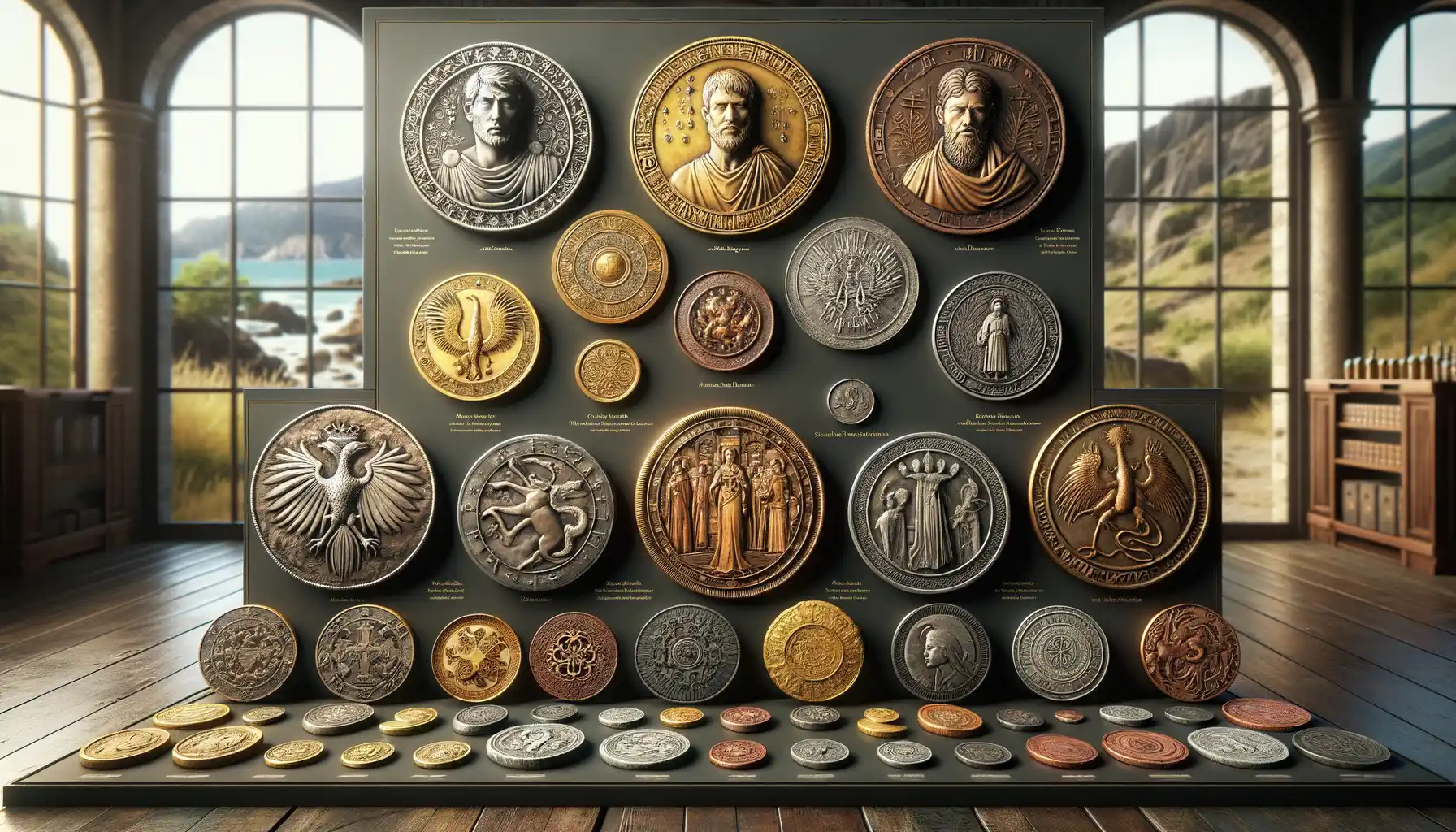
Coins That Whisper Ancient Mysteries
Imagine holding a coin that has journeyed through time, a tiny treasure imbued with tales of empires, gods, and forgotten heroes. From the clinking markets of Rome to the bustling bazaars of Persia, coins weren’t just currency—they were storytellers, spinning their yarns with every strike of the mint.
Take the famous Lydian Lion, for example, one of the first coins ever minted in history. Crafted from electrum, a mix of gold and silver, it roared across the ancient world as a symbol of strength and innovation. Or consider the dazzling Athenian Owl, its wide, otherworldly eyes reflecting the wisdom of Athena herself. These coins weren’t merely pocket change; they were cultural ambassadors.
Are we truly so different today from those who once held these coins, threading stories, beliefs, and aspirations into something as small—and powerful—as a piece of metal?
Ritual and Religious Use of Coins in Ancient Times
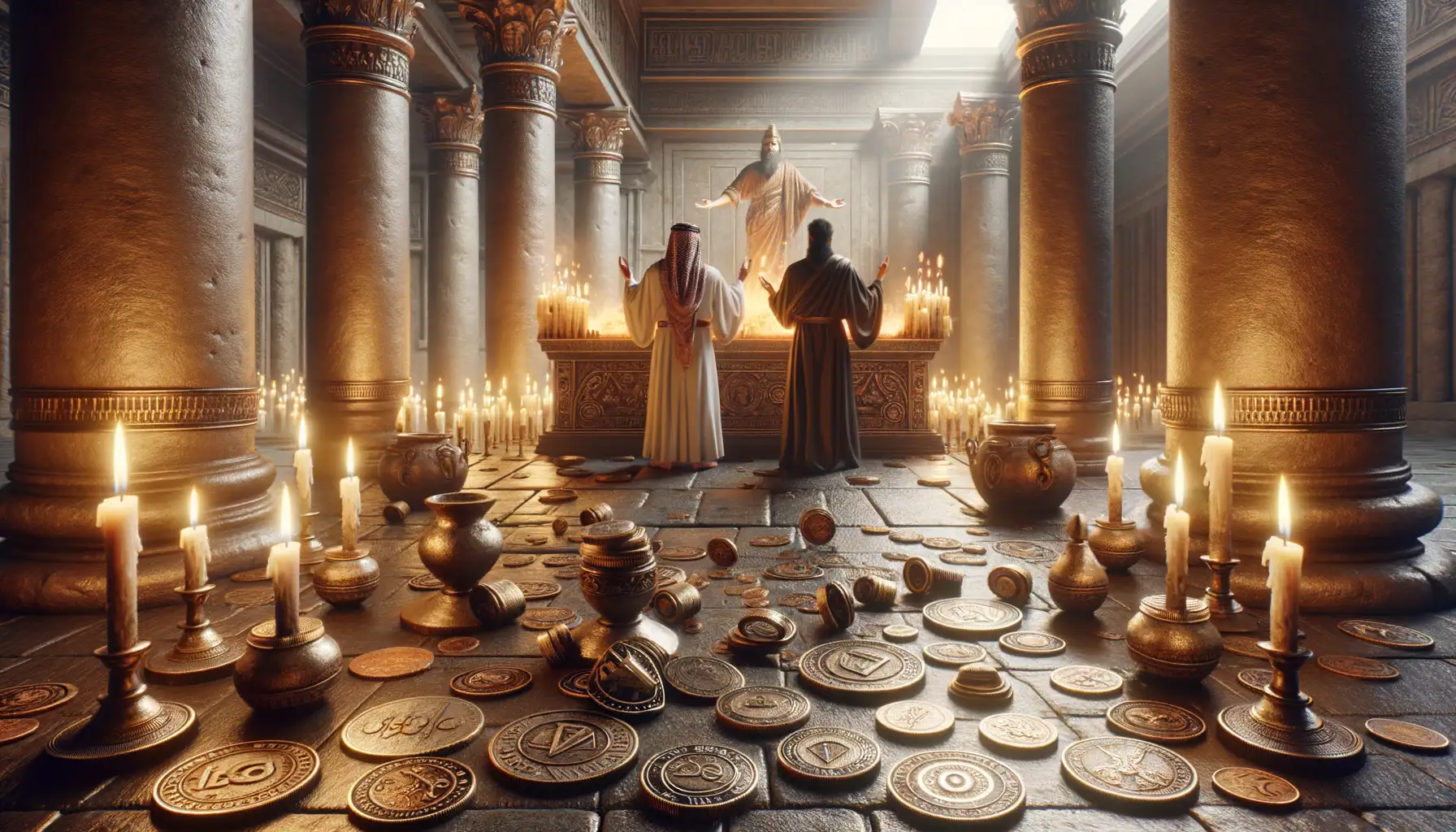
In ancient times, coins weren’t just a means to trade for goods; they carried whispers of the divine and were gateways to sacred realms. Their metallic sheen wasn’t merely practical—it shimmered with spiritual symbolism, drawing civilizations into rituals that bound them to their gods and ancestors.
The Sacred Journey: Coins as Offerings
Imagine standing before an ancient temple. The air is thick with incense, prayers rise like invisible threads, and in your hand, you hold a small coin. This isn’t just any coin—it’s an offering, a bridge between mortal hopes and celestial blessings. For the Greeks, placing coins at shrines or temples was more than a donation; it was a plea for favor. The Romans, too, believed in giving gold and silver coins to appease deities like Jupiter or Venus.
Coins often found their way into sacred spaces like rivers, fountains, or burial sites. Why? Because water was seen as a gateway to the divine. Tossing a coin into a spring wasn’t superstition—it was a wish etched in metal, sent directly to the gods.
Burial Rituals and the Afterlife
For many ancient cultures, coins ensured safe passage to the afterlife. The Greeks placed a single coin, the obol, in the mouths of the deceased to pay Charon, the ferryman of the underworld. Without it, the soul risked wandering the shores of eternity, lost and unanchored. No wonder this tradition endured so fervently—who would gamble with eternity?
Here’s how coins tied humanity to the divine:
- They symbolized gratitude for harvests, victories, or family fortunes.
- They embodied protection, ensuring gods watched over journeys, births, and battles.
- They acted as contracts—a tangible promise to honor the sacred.
In every glittering coin, we find humanity’s eternal yearning: to connect, to protect, and to believe.
Legacy of Ancient Coins in Modern Culture
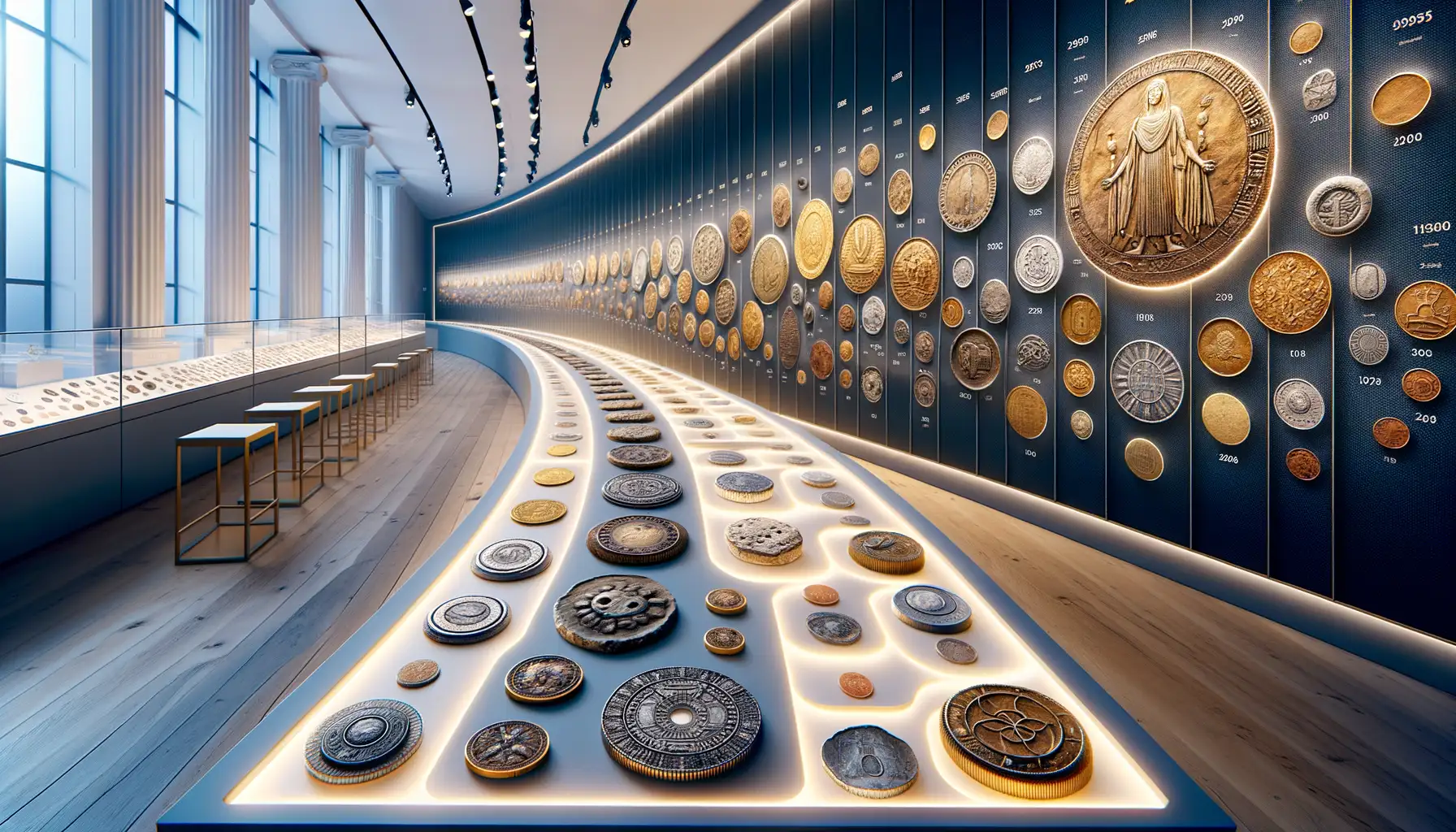
Ancient Coins as Storytellers of Time
Money talks—literally—but ancient coins whisper tales of epochs gone by. Ever gazed at a vintage coin and felt its weight, not just in metal but in history? That’s the power these artifacts wield. They weren’t just currency; they were miniature canvases, bearing the art and ideologies of their time.
Take the Roman denarius, for example. Beyond its silvery sheen, it carried the image of emperors like Julius Caesar, immortalizing their legacies in daily transactions. Fast forward to today, and those faces reappear in modern media—movies, museum exhibits, even pop culture merchandise. Think of how video games like *Assassin’s Creed* use ancient coin designs to root fictional worlds in historical authenticity.
- Coins influenced modern nations’ flags and emblems—see the olive wreaths and eagles in countless designs.
- Luxury brands now replicate ancient coin motifs in jewelry, blending history with fashion.
The Unexpected Influence on Modern Traditions
Surprisingly, coins still play symbolic roles. Consider the beloved “penny for your thoughts” or tossing a coin into a fountain for luck. These customs, though playful, trace back to ancient beliefs. Back then, offerings of coins were made to gods, hoping for blessings in return—a practice mirrored in today’s wishing wells.
Even wedding rituals borrow from antiquity! In some cultures, a silver coin is placed in a bride’s shoe, symbolizing prosperity—echoing the Roman custom of gifting coins during ceremonies. Modern life may sparkle with digital currencies, but the soul of ancient coins endures, leaving its mark in the most surprising corners of our lives.

